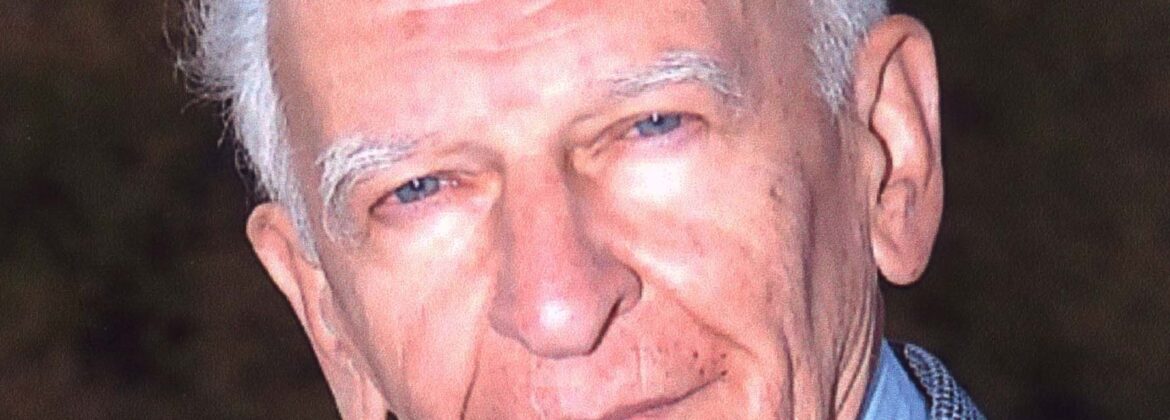Rescuer of hundreds of Jews in war-time Budapest, Tibor Baranski, 96, died in his home in Buffalo, NY.
Tibor Baranski, born in Budapest, was studying for the priesthood in the city of Kassa / Košice (today Slovakia) near the Russian front. At the beginning of November 1944, Baranski was forced to leave Kassa and return home. When he arrived in Budapest, a relative, Margit Sterneder*, asked Baranski to procure Vatican letters of protection for a Jewish family by the name of Szekeres. Dressed as a priest, Baranski went to the Papal Nuncio, Angelo Rotta*, who listened to Baranski’s request and gave him nine letters of protection, one for each member of the Szekeres family. Encouraged by his success, Baranski returned to Rotta the next day to ask for another set of letters, this time for another Jewish family. Rotta agreed to his request, and then asked Baranski if he was willing to go to the brickyard in Óbuda, which was serving as a camp for Jews prior to their deportation. Again, Baranski was to disguise himself as a priest, and to present Vatican letters of protection, which would hopefully allow him to take some 50 Jews out of the factory. To help Baranski make a powerful impression on the Arrow Cross party members who were guarding the Jews, Rotta gave Baranski his own beautiful diplomatic vehicle, which flew the flag of the Vatican. Baranski’s mission was successful, and all the Jews who Baranski presented as having Vatican protection were released. After this, Rotta appointed Baranski as secretary of the department responsible for bestowing Vatican protection on Hungarian citizens. He was also made manager of the Vatican’s “protected houses,” buildings in which those who received protection letters could expect to live relatively safely, beyond the reach of the anti-Jewish laws. At the time, these houses sheltered many thousands of Jews. As part of his job, Baranski traveled in the Vatican’s name to Hegyeshalom, a border town where Jews were transferred to the German Reich. Using both real and fictitious letters of Vatican protection, Baranski got many of these Jews released, then traveled with them by train back to Budapest. Toward the end of the war, Baranski braved the bombardments in order to rush out after Jews who had been sent out on death marches. Despite the danger, he approached Jews marching along the main roads, or at various stopping points along the way, and gave them letters of Vatican protection. In his official capacity, Baranski paid for the upkeep of thousands of Jews living in the Vatican’s protected houses. He also did what he could to guarantee their security, fighting off the gangs of Arrow Cross members who ignored the houses’ protected status, entered the compounds and attacked the Jewish residents. At one point, Baranski, dressed as a priest, went to the train station, where Jews who had been part of the forced labor-service were in the process of being deported by Hungarian gendarmes. After a short argument with the officer in charge, Baranski got many Jews with Vatican protection letters taken out of the train cars, saving their lives. After the war, Baranski finished his studies and was ordained a priest. In 1948 he was arrested and indicted on trumped up political charges. He was jailed until 1953. In 1956 Baranski left Hungary as well as the priesthood. He married and settled with his wife in the United States.
On January 11, 1979, Yad Vashem recognized Tibor Baranski as Righteous Among the Nations. (Source: Yad Vashem)
More on the life of the “quiet hero” in the article of The Buffalo News.
